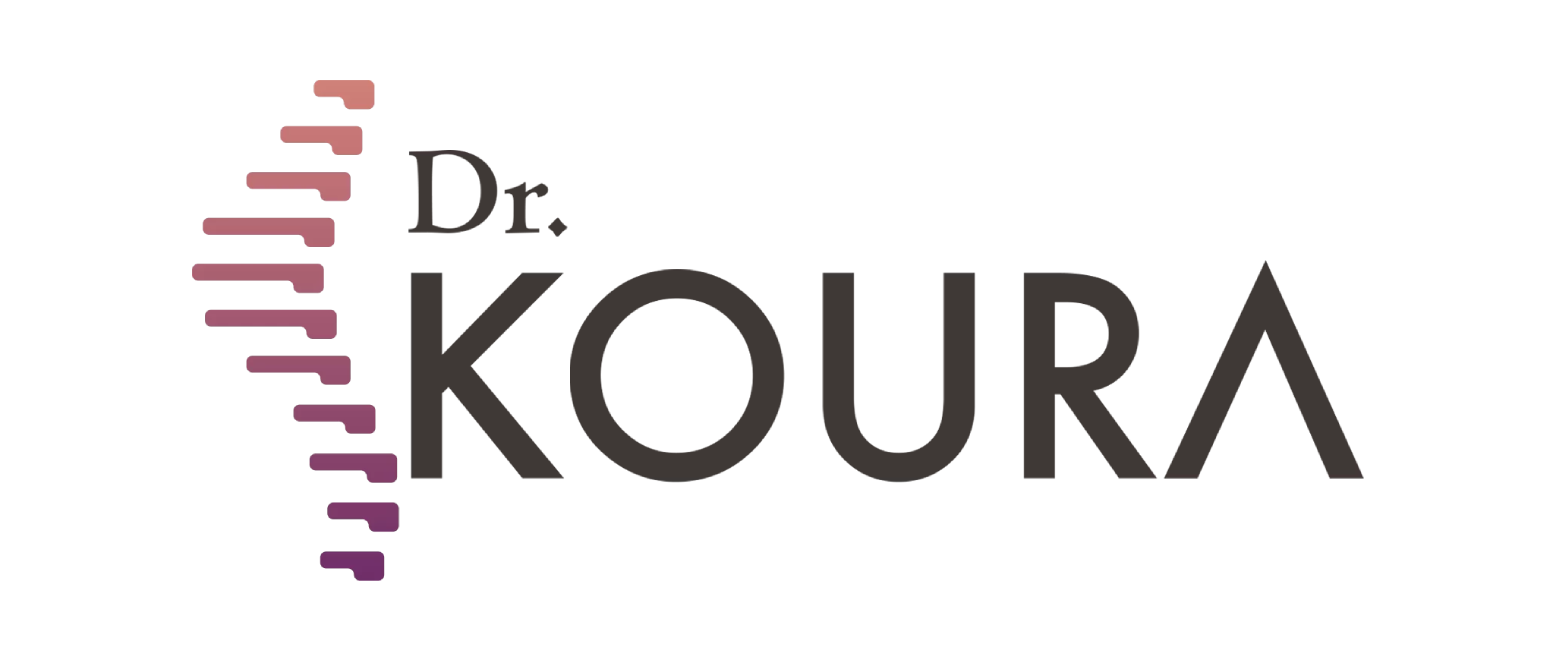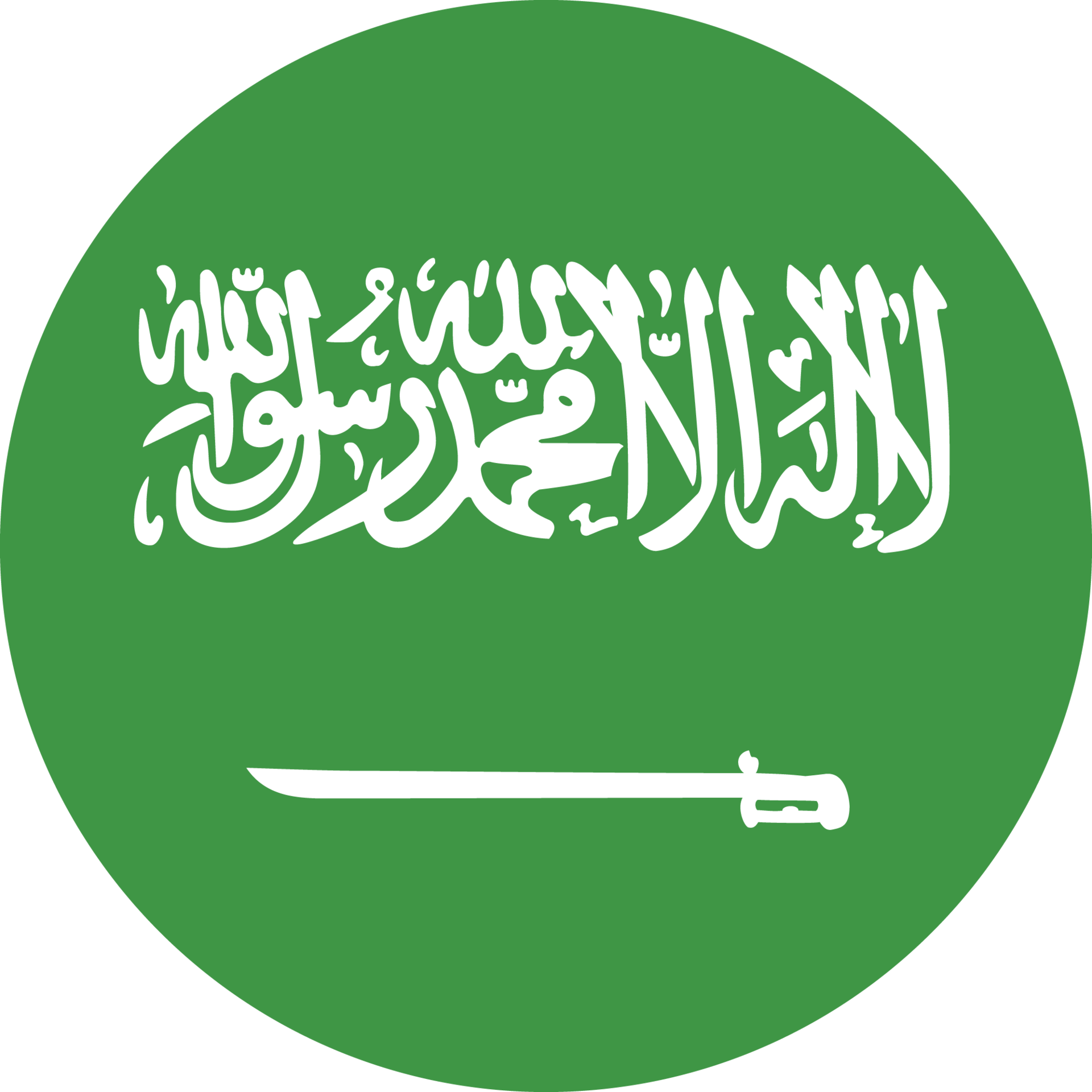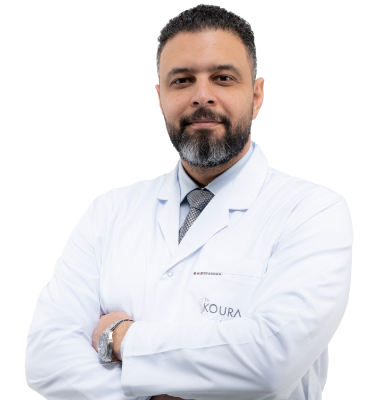Treatment of spine surgery failure and retracted cartilage
Many people believe that surgery is the only and final solution for treating herniated discs. However, in reality, one may experience a recurrence of disc herniation after the surgical procedure, known as recurrent disc herniation due to the failure of spinal surgery. There are various reasons behind the recurrence of disc herniation, and you may once again feel back pain. But don't worry, as the failure of spinal surgery and recurrent disc herniation can be treated at Dr. Mohammed Koura's center, the best doctor in this field. He stays updated on the latest therapeutic techniques through his participation in various international conferences alongside leading doctors and experts from around the world.
In the following lines, we will shed light on recurrent disc herniation, its symptoms, causes, and treatment methods.
What is Recurrent Disc Herniation?
Recurrent disc herniation refers to the reappearance of a new herniated disc in the same location, despite having undergone a previous surgical procedure to address it. Consequently, the same problems, complaints, and symptoms related to disc herniation between the vertebrae return.
All of this indicates the failure of the spinal surgery that was previously performed. In such cases, you may experience back pain again, despite the previous surgery.
What are the symptoms of recurrent disc herniation?
The symptoms of recurrent disc herniation are the same as those experienced before surgery, and in some cases, the back pain may be even more severe than before the surgical procedure. The pain may also radiate back down to the leg, accompanied by numbness and tingling, due to scarring in the nerve root area resulting from the initial surgery. This may impede the patient's mobility.
Recurrences typically occur months or years after the initial surgery and rarely happen before that.
What are the causes for the failure of spinal surgery and the occurrence of recurrent disc herniation?
Recurrent disc herniation may occur due to the patient's improper behavior or incorrect surgical technique. In general, the reasons may include:
- Development of cartilage degeneration process.
- Weakness in the muscles around the spine and the patient's failure to follow the doctor's instructions for muscle strengthening.
- Non-compliance with post-surgery instructions given by the doctor.
- The patient placing excessive pressure on the back too early after surgery (including lifting and carrying heavy objects, prolonged sitting, and incorrect use of spinal muscles).
- Lack of patient commitment to proper rehabilitation after surgery.
- Adhesions in the nerve canal due to surgery, and the use of metal plates and screws.
- Removal of one disc when there was a problem with two discs.





 Egypt
Egypt